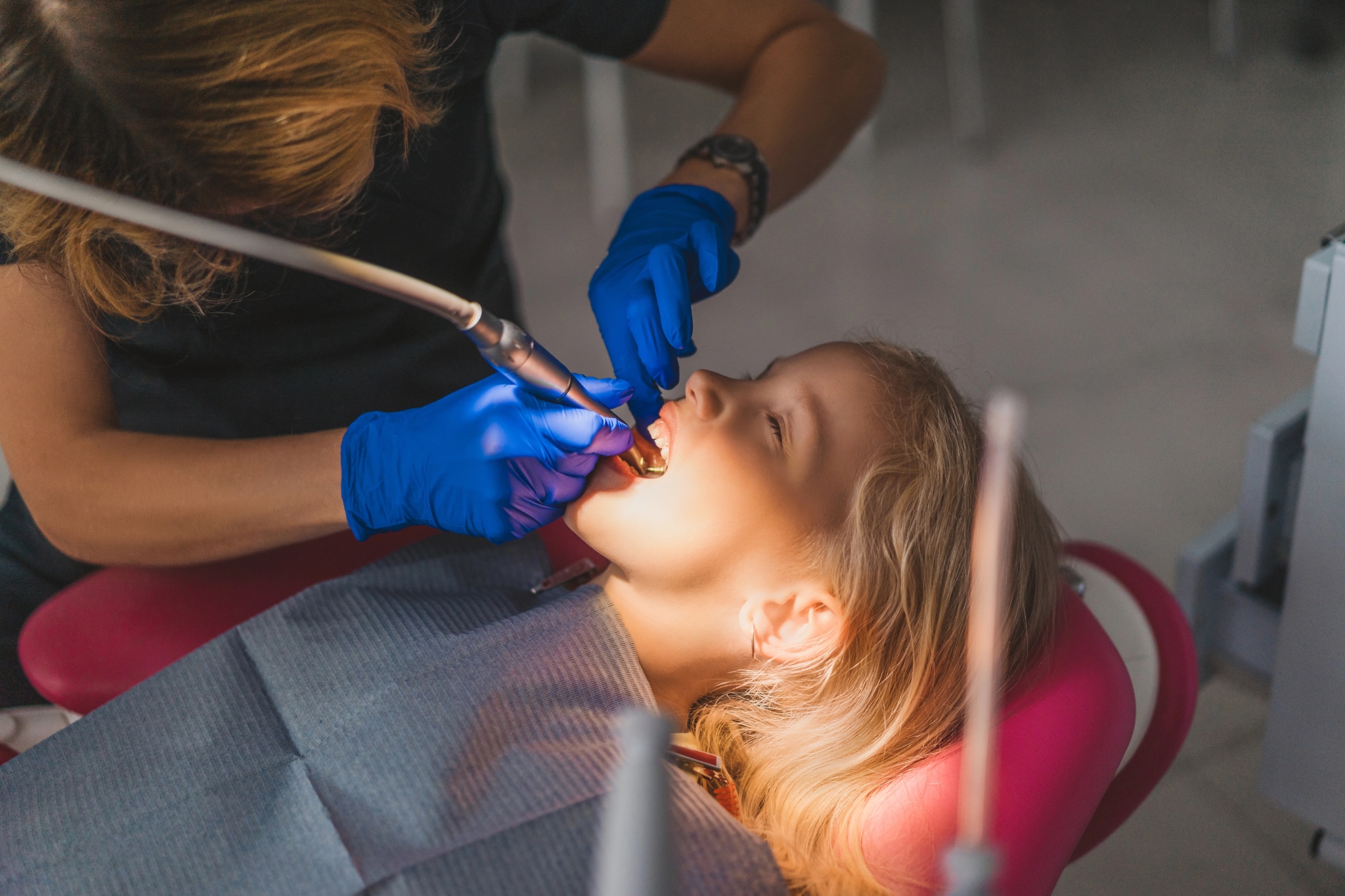When it comes to kids' oral care, many parents dread the idea of dental procedures. The thought of their child experiencing pain or fear in the dentist's chair can be overwhelming. But modern pediatric sleep dentistry offers safe and effective ways to ease those fears—both for children and their parents. One of the most impactful …
When it comes to kids’ oral care, many parents dread the idea of dental procedures. The thought of their child experiencing pain or fear in the dentist’s chair can be overwhelming. But modern pediatric sleep dentistry offers safe and effective ways to ease those fears—both for children and their parents. One of the most impactful tools in a children’s dentist’s toolkit today is oral sedation, and newer techniques are changing the game.
Myth #1: Sedation Is Dangerous for Kids
A common misconception is that children’s oral sedation is inherently risky. While all medical procedures carry some risk, oral sedation used in pediatric dentistry is well-studied, regulated, and safe when administered by trained professionals. Modern sedation techniques are designed with safety and comfort in mind, using carefully calculated dosages based on a child’s age, weight, and medical history.
Children’s dentists are highly trained to monitor vital signs and use the least invasive methods necessary to get the job done. The goal isn’t to “knock the child out” but to help them stay calm, cooperative, and comfortable.
Myth #2: General Anesthesia Is the Only Option for Nervous Kids
Not anymore. For years, general anesthesia was the go-to for children who couldn’t tolerate dental work. But now, pediatric sleep dentistry has evolved. Today, options like oral sedation and intranasal sedation provide a middle ground—reducing anxiety without the intensity and recovery time of full anesthesia.
How Does Children’s Oral Sedation Work?
There are several types of sedation available in pediatric dentistry, each suited to different needs, procedures, and comfort levels.
Oral Sedation
Oral sedation is the most common and minimally invasive option. It’s typically given through the mouth—or sometimes the nose—and begins to work within about 20 minutes. With this method, your child remains awake but calm and relaxed throughout the appointment. It’s ideal for older children or for procedures that require them to follow simple instructions, such as opening wide or turning their head gently. The goal is to reduce anxiety while keeping communication open between the child and the dentist.
Laughing Gas (Nitrous Oxide) Sedation
Another widely used method is nitrous oxide, often called “laughing gas.” Delivered through a small nasal hood, this gas mixture helps your child stay calm by inducing a mild sense of euphoria. It takes effect quickly—anywhere from 20 seconds to five minutes—and gently suppresses physical sensations like touch and pain and sometimes emotional responses like memory or anxiety. The child stays awake and alert, simply breathing normally as the sedation works. Once the procedure is over, the dentist flushes out the remaining gas with pure oxygen, helping your child return to normal quickly. It’s safe, effective, and especially helpful for children who may be anxious but don’t need deeper sedation.
Pediatric Sleep Dentistry
For longer, more complex, or especially stressful procedures, full sleep sedation may be the best choice. This involves general anesthesia, where the child is fully asleep throughout the procedure. While this sounds intense, it’s managed safely in-office at specialized clinics, which are equipped with a surgical suite and a medical anesthesiologist on-site. Sleep dentistry ensures maximum comfort and is often recommended when multiple treatments are needed in one visit or if a child has extreme dental anxiety or special healthcare needs.
What Parents Want to Know
1. Will my child be unconscious?
No. With children’s oral sedation or intranasal sedation, your child remains awake but relaxed. It’s not the same as general anesthesia.
2. How safe is it?
When administered by a licensed children’s dentist or pediatric anesthesiologist, sedation is very safe. Clinics use monitoring equipment to track heart rate, oxygen levels, and breathing throughout the procedure.
3. Will my child feel any pain?
Oral sedation doesn’t numb pain on its own, but it’s used alongside local anesthetics. Your child won’t feel pain and may not even remember the procedure.
4. How long does it take to wear off?
Most kids start feeling like themselves within 1–2 hours, though they may be drowsy for the rest of the day. Your dentist will give specific aftercare instructions.
5. Is sedation covered by insurance?
This varies. Some dental plans cover sedation for certain procedures, especially if the child has special needs or severe dental anxiety. Check with your provider beforehand.
A Better Dental Experience for Everyone
The goal of children’s oral sedation isn’t just to make life easier for the dentist—it’s to make the entire experience less stressful for the child and the family. Whether it’s a cavity filling or a more complex procedure, sedation helps avoid traumatic experiences that could create lifelong fear of the dentist.
Parents should feel empowered to ask questions, understand their options, and choose what’s best for their child’s comfort and health. A good children’s dentist will walk you through every step and ensure your child is in safe hands.
Kids’ oral care has come a long way, and modern sedation options reflect that progress. Oral and intranasal sedation are transforming pediatric sleep dentistry into something much more approachable—for kids and parents alike. Don’t let fear or outdated myths keep your child from receiving the dental care they need.
If your child has anxiety about dental visits or needs a complex procedure, talk to your pediatric dentist about children’s oral sedation. It might be the key to a healthier smile and a better dental experience.






